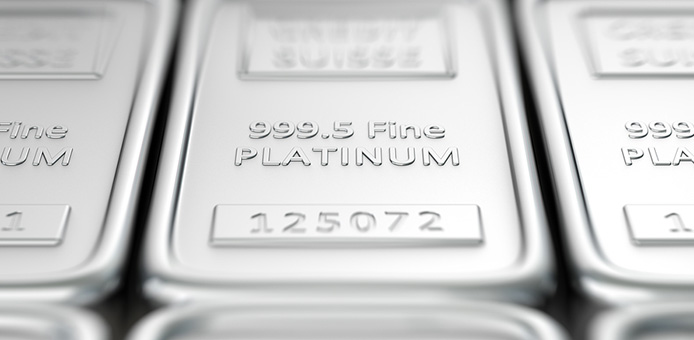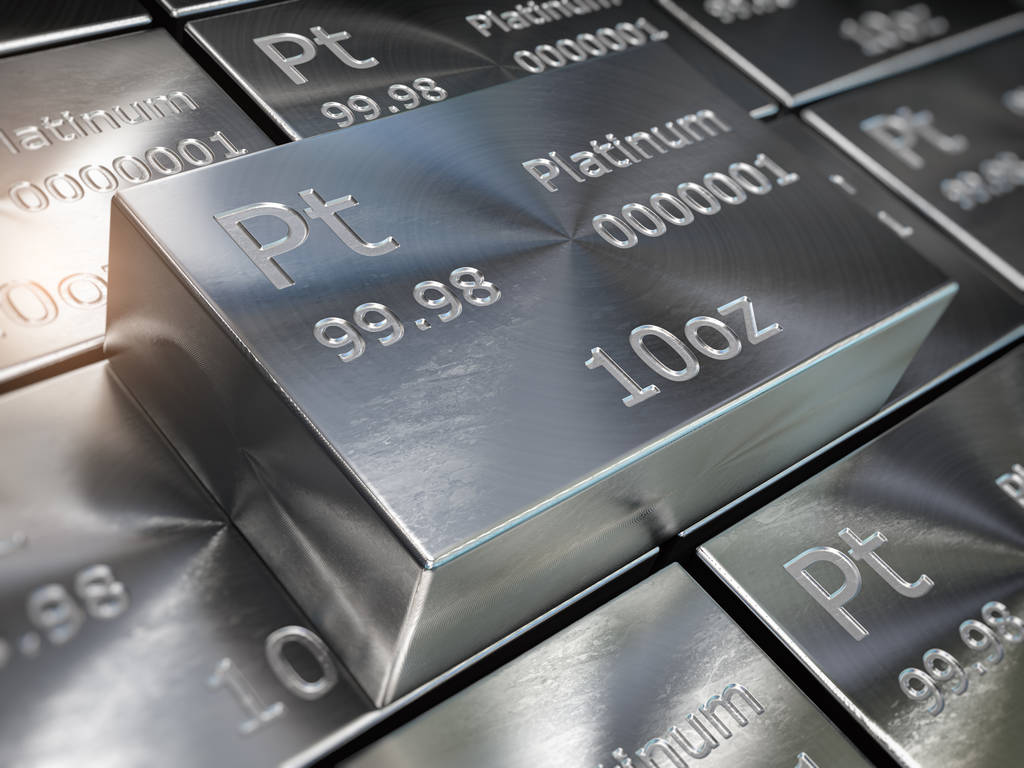How to Spot a Fair Deal When Selling Platinum in Melbourne
When it comes to selling platinum in Melbourne, understanding how to spot a fair deal can make a significant difference in the value you receive. Platinum, being a precious and valuable metal, requires a keen eye for detail and a solid understanding of the market. This blog will guide you through the essential steps of the appraisal process, how to recognise a fair price and deal, and provide crucial negotiation tips for sellers.
Understanding the Appraisal Process
1. Find a Reputable Appraiser
The first step in selling platinum is getting an accurate appraisal. A reputable appraiser with experience in precious metals can provide a detailed evaluation of your platinum’s worth. Look for certified appraisers or those associated with recognised industry organisations such as the Gemological Institute of America (GIA).
2. Verify Purity and Weight
The value of platinum largely depends on its purity and weight. Pure platinum is highly valuable, but jewellery often contains other metals to enhance durability. Ensure that the appraiser uses precise instruments to measure both purity and weight. Platinum is usually marked with a purity stamp, such as “950” for 95% pure platinum.
3. Assess Market Value
The appraisal should include an assessment of the current market value of platinum. This value fluctuates based on supply and demand, economic conditions, and other factors. A fair appraisal will consider these market dynamics and provide a value based on the latest data.
4. Evaluate Condition and Craftsmanship
For platinum jewellery, the condition and craftsmanship can significantly impact its value. Pieces that are well-maintained, have intricate designs, or are from renowned designers may fetch higher prices. The appraiser should account for these factors when determining the overall value.
Recognising a Fair Price and Deal
1. Research Market Prices
Before selling your platinum, research current market prices. Websites like Kitco or the World Platinum Investment Council provide up-to-date information on platinum prices. Knowing the market rate helps you gauge whether the offers you receive are fair.
2. Compare Multiple Offers
Don’t settle for the first offer you receive. Shop around and get multiple quotes from different buyers, including jewellers, pawn shops, and precious metal dealers. Comparing offers allows you to identify the most competitive price.
3. Understand the Buyer’s Fees
Some buyers may charge fees for refining or processing platinum, which can reduce your final payout. Ensure you understand these fees upfront and factor them into your decision-making process. A fair deal will have transparent fee structures with no hidden costs.
4. Check Buyer’s Reputation
Sell your platinum to reputable buyers with a history of fair dealings. Online reviews, industry certifications, and word-of-mouth recommendations can help you identify trustworthy buyers. Avoid buyers with negative reviews or those who pressure you into quick decisions.
5. Consider Timing
The timing of your sale can influence the price you receive. Platinum prices can be volatile, influenced by economic trends, geopolitical events, and changes in industrial demand. Selling during periods of high demand or favourable economic conditions can yield better prices.

Negotiation Tips for Sellers
1. Be Informed and Confident
Knowledge is power when negotiating. Armed with information from your appraisal and market research, approach negotiations confidently. Buyers are less likely to offer lowball prices to informed sellers.
2. Set a Minimum Price
Before entering negotiations, set a minimum acceptable price based on your research and appraisal. This helps you stay firm during discussions and avoid settling for less than your platinum is worth.
3. Highlight Unique Features
If you’re selling platinum jewellery with unique designs or from a well-known designer, highlight these features during negotiations. Unique or designer pieces can command higher prices due to their rarity and desirability.
4. Be Willing to Walk Away
If a buyer’s offer doesn’t meet your expectations or seems unfair, be prepared to walk away. There are numerous buyers in the market, and you shouldn’t feel pressured to accept a deal that doesn’t reflect the true value of your platinum.
5. Use Competitive Offers as Leverage
If you have multiple offers, use them as leverage during negotiations. Let buyers know you have other interested parties and see if they are willing to match or exceed the highest offer. This competitive pressure can lead to better deals.
6. Negotiate in Person
Whenever possible, negotiate in person. Face-to-face negotiations can build trust and allow you to better gauge the buyer’s sincerity and interest. Additionally, seeing and handling the platinum in person can help buyers make more informed offers.
7. Get Everything in Writing
Ensure that all terms and conditions of the sale are documented in writing. This includes the agreed-upon price, any fees deducted, and the payment method. A written agreement protects you from potential disputes or misunderstandings.
Final Thoughts
Selling platinum in Melbourne can be a rewarding experience if approached with knowledge and preparation. Understanding the appraisal process, recognising a fair price and deal, and employing effective negotiation strategies are essential to securing the best possible value for your platinum. By following these guidelines, you can navigate the platinum market with confidence and achieve a successful sale.

